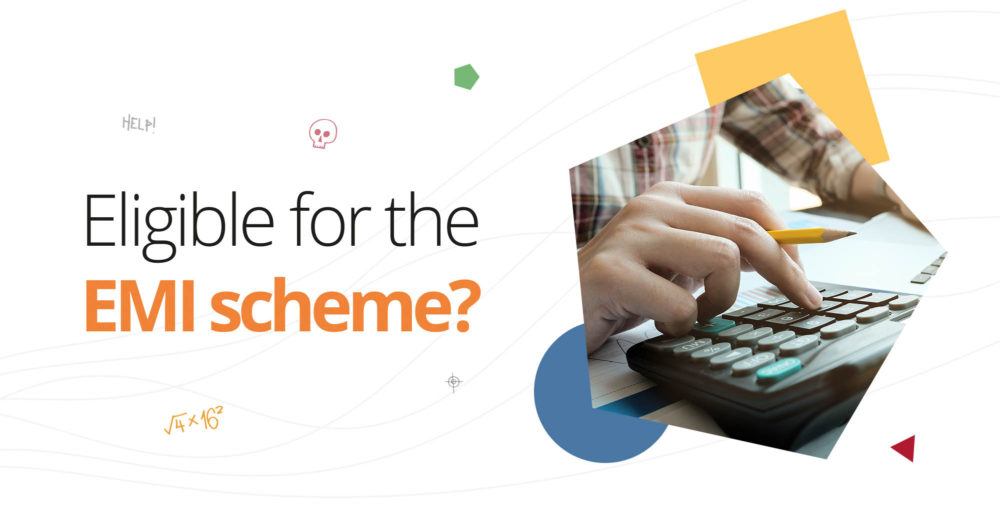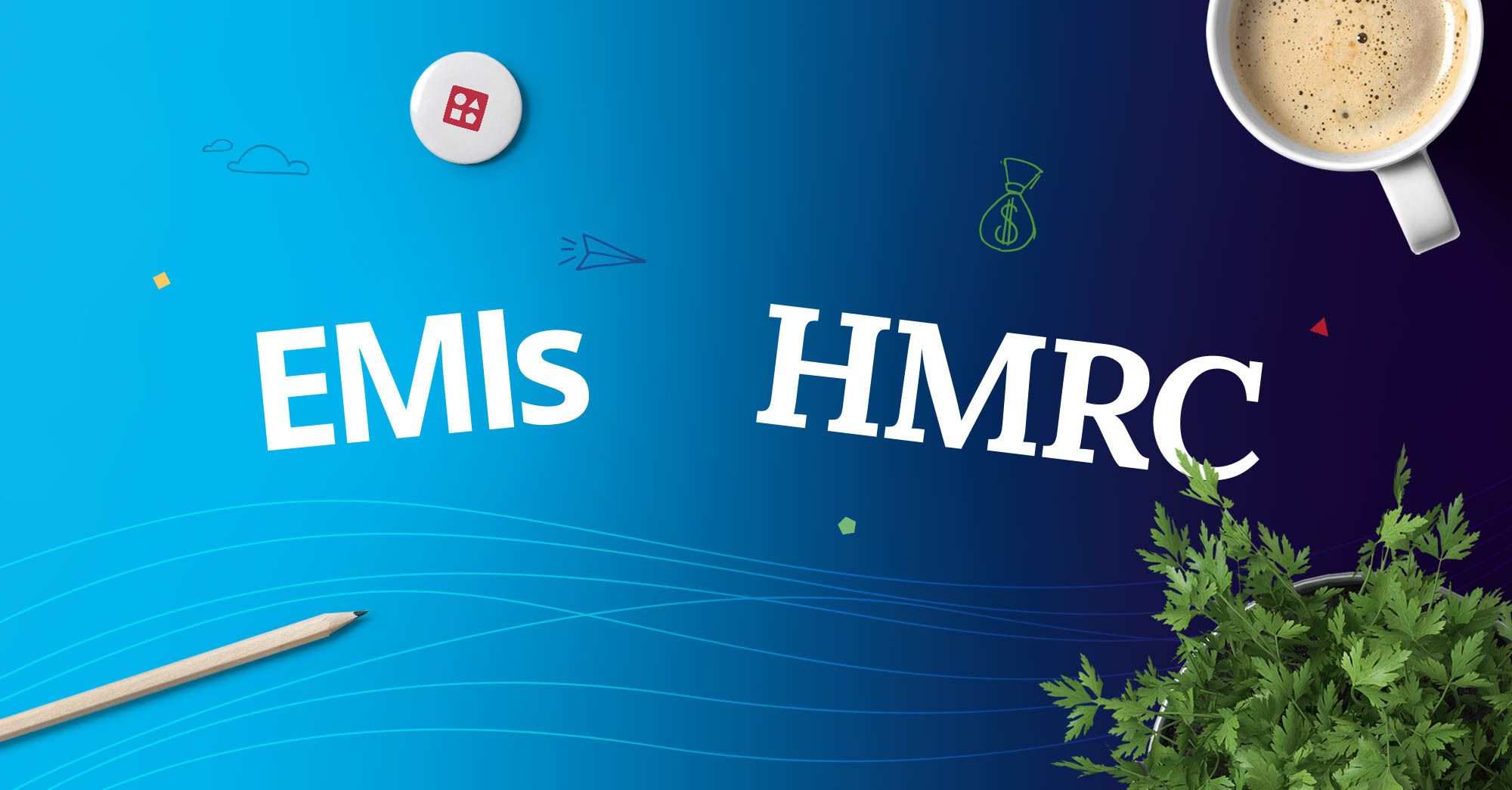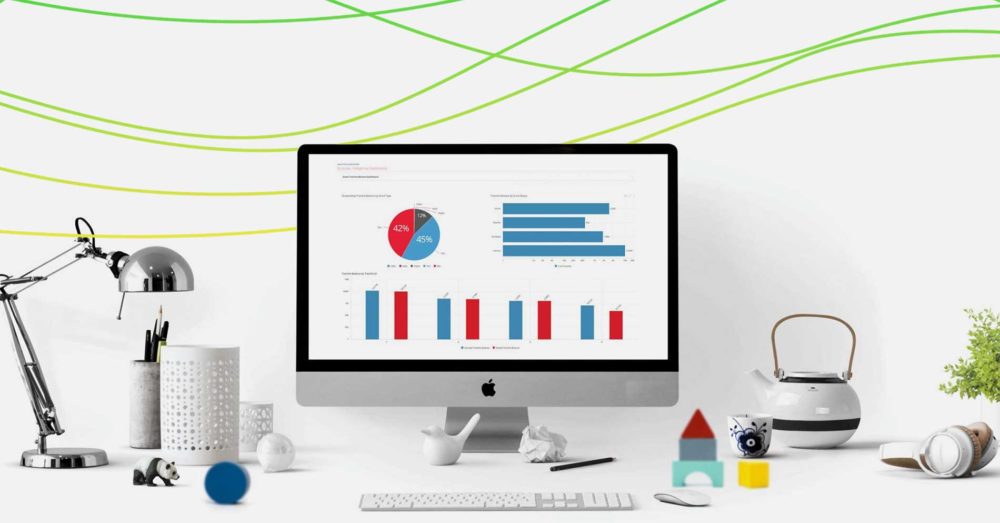Enterprise Management Incentive (EMI) plans have become increasingly popular in recent years, with more and more UK companies choosing to make this kind of discretionary share scheme a key pillar of their overall equity compensation strategy. If you’re completely new to EMI schemes and want to find out more, read our complete guide.
As this popularity suggests, there are many advantages associated with EMIs, for example, tax advantages, flexibility (in terms of how and when options are exercised and which employees are included), and as a vehicle to encourage retention of key personnel and improved workplace performance. If you want your EMI to succeed, it’s important to communicate these benefits to your employees.
However, there are few things in this world that are all upside and have no potential downside, and EMIs are no exception. One of the points that companies can sometimes struggle with is the need to file regular EMI-related reports with HMRC or Companies House. The paperwork burden can be significant and unless you happen to have in-house expertise, the prospect of staying on top of all the necessary admin and bureaucracy can be more than a little daunting.
EMI Schemes and the HMRC
You will work closely with HRMC when setting up an EMI scheme – to establish the company valuation and then formally register the scheme after granting the first options to participants – but your obligations do not end there. Once registered, HRMC will give you a scheme reference number, which you will use to inform HMRC via an online portal about whatever individual grants are made through the scheme.
You will also be obliged to report changes in your EMI scheme to HRMC, such as employees leaving, the granting of new options or a company exit (whether a buyout or some other change in ownership).
HMRC and the EMI Annual Return
An annual return to HMRC is made each year for any registered scheme, irrespective of whatever activity has or has not taken place. So, even if no reportable events occur, a company with an EMI must still lodge a formal return to HMRC, albeit with less detail than if there is activity such as that referred to above.
Companies are required to make this return no later than July 6 each year during the life of the scheme. When there has been activity, regulations dictate that the company secretary or the person acting as secretary must complete the relevant documentation and upload it to HRMC via an online portal.
In the event of no activity has taken place on an EMI scheme during the tax year, then you will need to complete an online ‘nil’ return.
Whichever type of return you are submitting, you will do so using an Excel template document.
When reporting relevant activity that has taken place during the year, you will make entries only in the relevant worksheets but will return the full workbook (including any blank sheets). It is important that you work within the format as laid out, as any workbooks uploaded with alterations to the structure or format will be rejected.
Each individual sheets, which are on the template, contain several questions relevant to a reporting topic:
- EMI40_Adjustments_V3: Information in the event of an adjustment having been made to options following a variation in the company’s share capital.
- EMI40_Replaced_V3: This worksheet is used if options have been replaced arising from a company reorganisation.
- EMI40_RLC_V3: Companies provide information on options released, lapsed, or cancelled during the previous 12 months.
- EMI40_NonTaxable_V3: This worksheet seeks information on any non-taxable exercises of options.
- EMI40_Taxable_V3: On this sheet, companies provide information on taxable exercises of options in the previous tax year.

Annual Confirmation Statement: Companies House Form CS01 and SH01
Just as you will report annually to HMRC, so too will you need to complete an annual confirmation statement (Form CS01) and submit it to Companies House.
The primary purpose of this statement is to verify that key company information registered with Companies House is accurate and up to date, at the time of submission. Any information that needs to be updated from the previous year should be updated in the annual return.
So, you will need to check and confirm points such as:
- Name of each shareholder
- Type of shares held by each shareholder
- Total number of shares in the company
And for each type/class of share, you will need to provide/confirm details on:
- Total number of shares of each class
- Rights attached to those shares
- Total nominal value of shares of each class
Specifically, as it relates to additional EMI-related reporting to Companies House, you will need to submit an SH01 form with details of any share issuances that take place under the terms of the scheme. When completing this form, you will be prompted to include the following:
- Basic Details, such as company number and name
- Allotment Dates
- Shares Allotted
- Statement of Capital (to provide a full picture of company assets, so you will specify the number of prior existing shares as well as the new allotment)
- Statement of Capital – Prescribed Particulars of Rights Attached to Shares (this section requires you to give a clear definition for whatever class of share is involved)
- Signature
- Additional Details (optional)
It is also important to note that Companies House documents are in the public domain, so whatever information you provide will be available to the public.
Sounds like a lot?
The above is merely a surface–level glimpse at the work involved in submitting the necessary EMI scheme HMRC and Companies House related reports. The workload involved is considerable and attention to detail is always required. Errors and oversights can create headaches, but all of that is entirely avoidable.
Global Shares Can Help
Spare yourself the time, aggravation, and anxiety involved by talking to Global Shares today and letting our experts guide you every step of the way. We have the necessary expertise and experience to help you make a success of your EMI, including managing the scheme once it is up and running.
Please Note: This publication contains general information only and Global Shares is not, through this article, issuing any advice, be it legal, financial, tax-related, business-related, professional or other. The Global Shares Academy is not a substitute for professional advice and should not be used as such. Global Shares does not assume any liability for reliance on the information provided herein.








